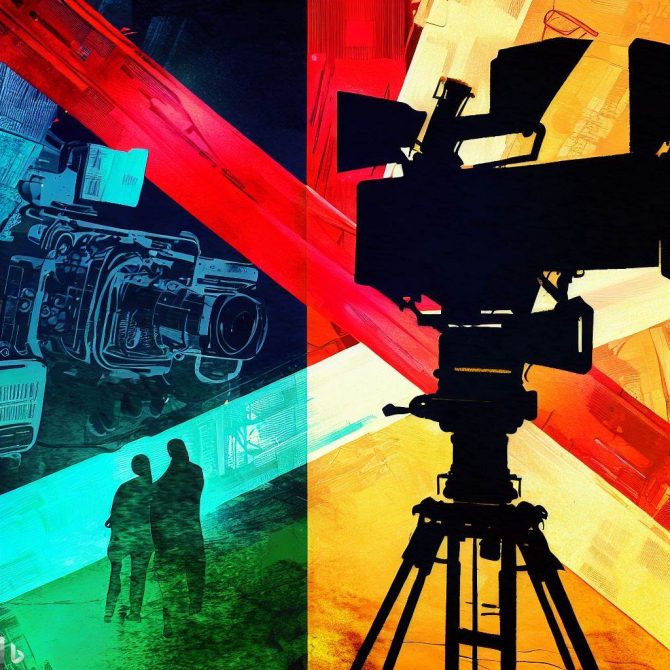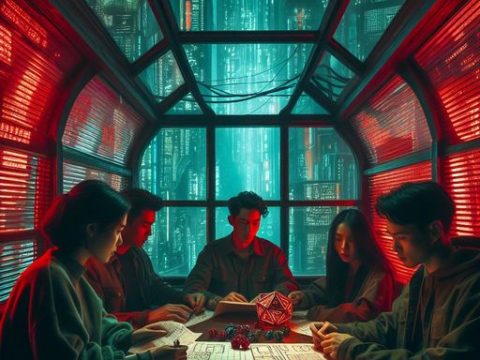Introduction: The Pioneers of Interactive Film Theory
Interactive film theory is a relatively new field that explores the intersection of film and technology. It is a field that has been shaped by the contributions of many scholars, but three pioneers stand out: Vachel Lindsay, Hugo Münsterberg, and Rudolf Arnheim. These three scholars made significant contributions to the development of interactive film theory, and their work continues to influence contemporary scholars in the field.
Lindsay’s Contribution to Interactive Film Theory: From Kino-Eye to Interactive Cinema
Vachel Lindsay was an American poet and artist who was interested in the relationship between film and the human experience. In the early 1920s, he wrote a series of essays on film that explored the idea of the “kino-eye,” a term he used to describe the way in which film could capture the essence of human experience. Lindsay believed that film had the power to create a new kind of art that was both interactive and immersive.
Lindsay’s ideas about the kino-eye were ahead of their time, but they laid the groundwork for the development of interactive film theory. His vision of interactive cinema was one in which the viewer was an active participant in the creation of the film. He believed that film could be used to create a new kind of art that was both interactive and immersive.

Münsterberg’s Influence on Interactive Film Theory: The Psychology of Film and User Experience
Hugo Münsterberg was a German-American psychologist who was interested in the relationship between film and psychology. In his 1916 book, “The Photoplay: A Psychological Study,” Münsterberg explored the ways in which film could be used to manipulate the emotions and perceptions of the viewer. He believed that film had the power to create a new kind of art that was both interactive and immersive.
Münsterberg’s ideas about the psychology of film were groundbreaking, and they laid the groundwork for the development of interactive film theory. His vision of interactive cinema was one in which the viewer was an active participant in the creation of the film. He believed that film could be used to create a new kind of art that was both interactive and immersive.
Arnheim’s Legacy in Interactive Film Theory: The Aesthetics of Interactive Cinema
Rudolf Arnheim was a German art historian and philosopher who was interested in the relationship between film and aesthetics. In his 1933 book, “Film as Art,” Arnheim explored the ways in which film could be used to create a new kind of art that was both interactive and immersive. He believed that film had the power to create a new kind of art that was both interactive and immersive.
Arnheim’s ideas about the aesthetics of film were groundbreaking, and they laid the groundwork for the development of interactive film theory. His vision of interactive cinema was one in which the viewer was an active participant in the creation of the film. He believed that film could be used to create a new kind of art that was both interactive and immersive.

The Evolution of Interactive Film Theory: From Early Pioneers to Contemporary Innovators
Since the contributions of Lindsay, Münsterberg, and Arnheim, interactive film theory has continued to evolve. Contemporary scholars in the field have built upon the work of these pioneers, exploring new ways in which film and technology can be used to create interactive and immersive experiences for viewers.
One of the most significant developments in interactive film theory has been the rise of virtual reality technology. Virtual reality allows viewers to enter into a fully immersive environment, where they can interact with the film in a way that was previously impossible. This technology has opened up new possibilities for interactive cinema, and it has been embraced by many contemporary filmmakers and scholars.
Conclusion: The Enduring Impact of Lindsay, Münsterberg, and Arnheim on Interactive Film Theory
The contributions of Vachel Lindsay, Hugo Münsterberg, and Rudolf Arnheim to interactive film theory cannot be overstated. These pioneers laid the groundwork for the development of a new kind of art that was both interactive and immersive. Their ideas about the relationship between film and technology continue to influence contemporary scholars in the field, and their legacy can be seen in the work of filmmakers and artists around the world.
As interactive film theory continues to evolve, it is important to remember the contributions of these early pioneers. Their vision of interactive cinema was one in which the viewer was an active participant in the creation of the film, and this vision continues to inspire filmmakers and scholars today. The enduring impact of Lindsay, Münsterberg, and Arnheim on interactive film theory is a testament to the power of their ideas and the importance of their work.





